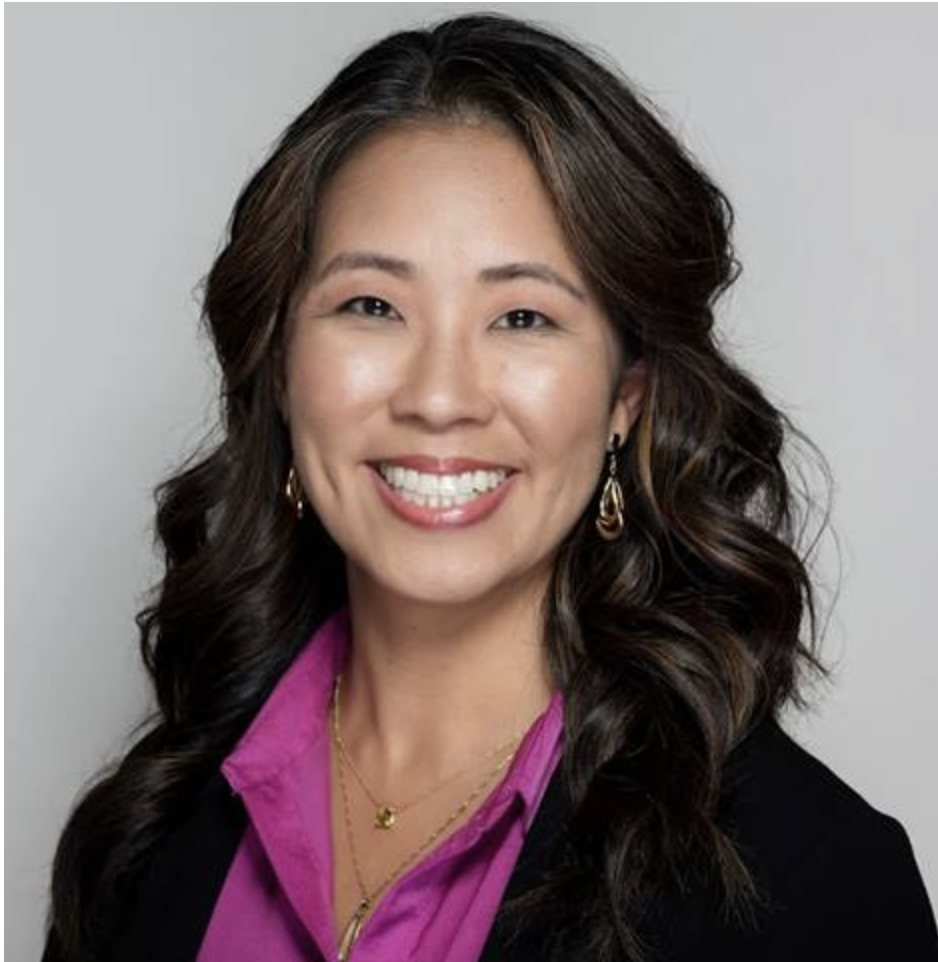
Bispecific Antibodies: How They Work and When to Use Them
Last Updated: Wednesday, December 13, 2023
Diane Lee, MSN, NP, AGPCNP-BC, and Ashley Ames, MSN, RN, FNP-BC, OCN, both of Memorial Sloan Kettering Cancer Center, discuss the promising results of a trial looking at the use of epcoritamab in a challenging-to-treat highly refractory patient population. They also reviewed data from a clinical trial using glofitamab on patients with relapsed/refractory DLBCL. Diane and Ashley also took a moment to discuss the barriers to care for patients on CAR T-cell therapy.
Meet the faculty

Diane Lee
MSN, NP, AGPCNP-BC
Memorial Sloan Kettering Cancer Center
Diane Lee is an adult nurse practitioner on the outpatient lymphoma service at Memorial Sloan Kettering Cancer Center. She specializes in DLBCL, follicular lymphoma, marginal zone lymphoma, and Hodgkin’s lymphoma.

Ashley Ames
MSN, RN, FNP-BC, OCN
Memorial Sloan Kettering Cancer Center
Ashley Ames is a family nurse practitioner on the outpatient lymphoma service at Memorial Sloan Kettering Cancer Center. She specializes in DLBCL, follicular lymphoma, chronic lymphocytic leukemia, and Hodgkin’s lymphoma.
References
- Thieblemont C, Phillips T, Ghesquieres H, et al. Epcoritamab, a Novel, Subcutaneous CD3xCD20 Bispecific T-Cell-Engaging Antibody, in Relapsed or Refractory Large B-Cell Lymphoma: Dose Expansion in a Phase I/II Trial. J Clin Oncol. 2023;41(12):2238-2247. doi:10.1200/JCO.22.01725
- Dickinson MJ, Carlo-Stella C, Morschhauser F, et al. Glofitamab for Relapsed or Refractory Diffuse Large B-Cell Lymphoma. N Engl J Med. 2022;387(24):2220-2231. doi:10.1056/NEJMoa2206913
